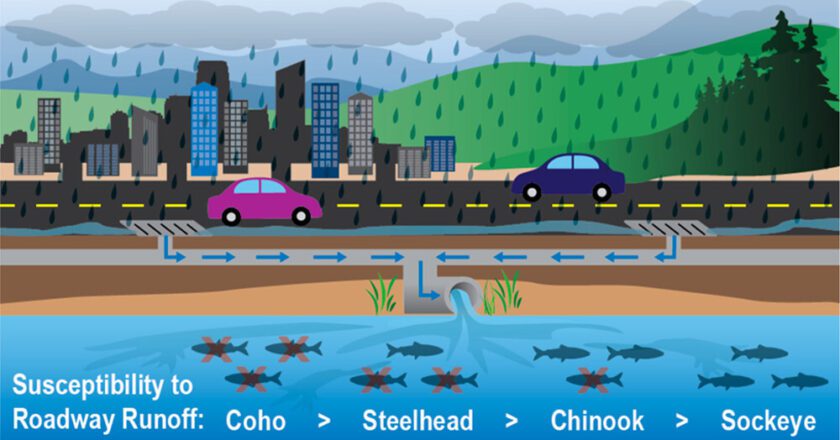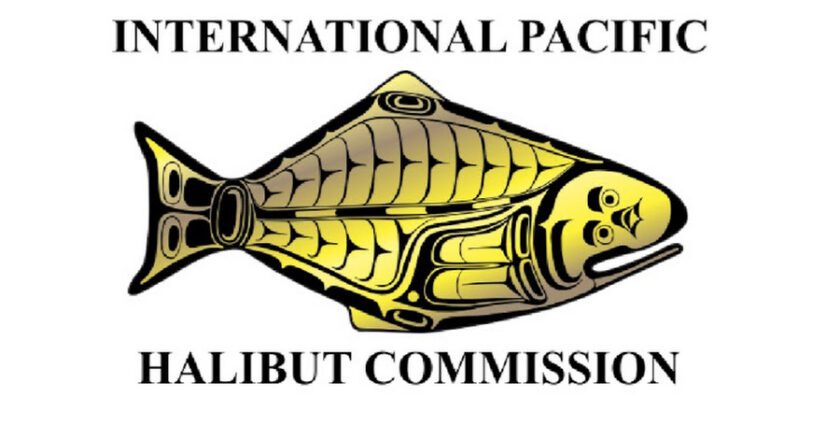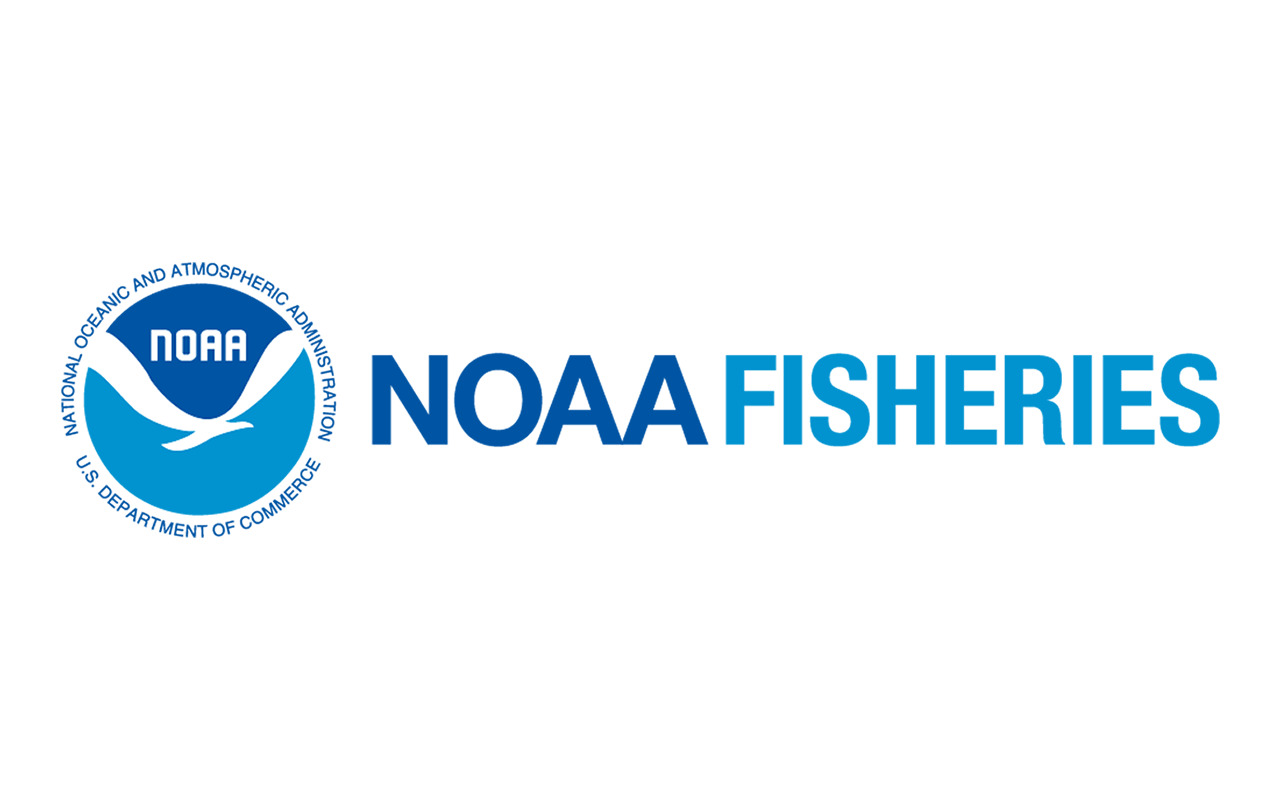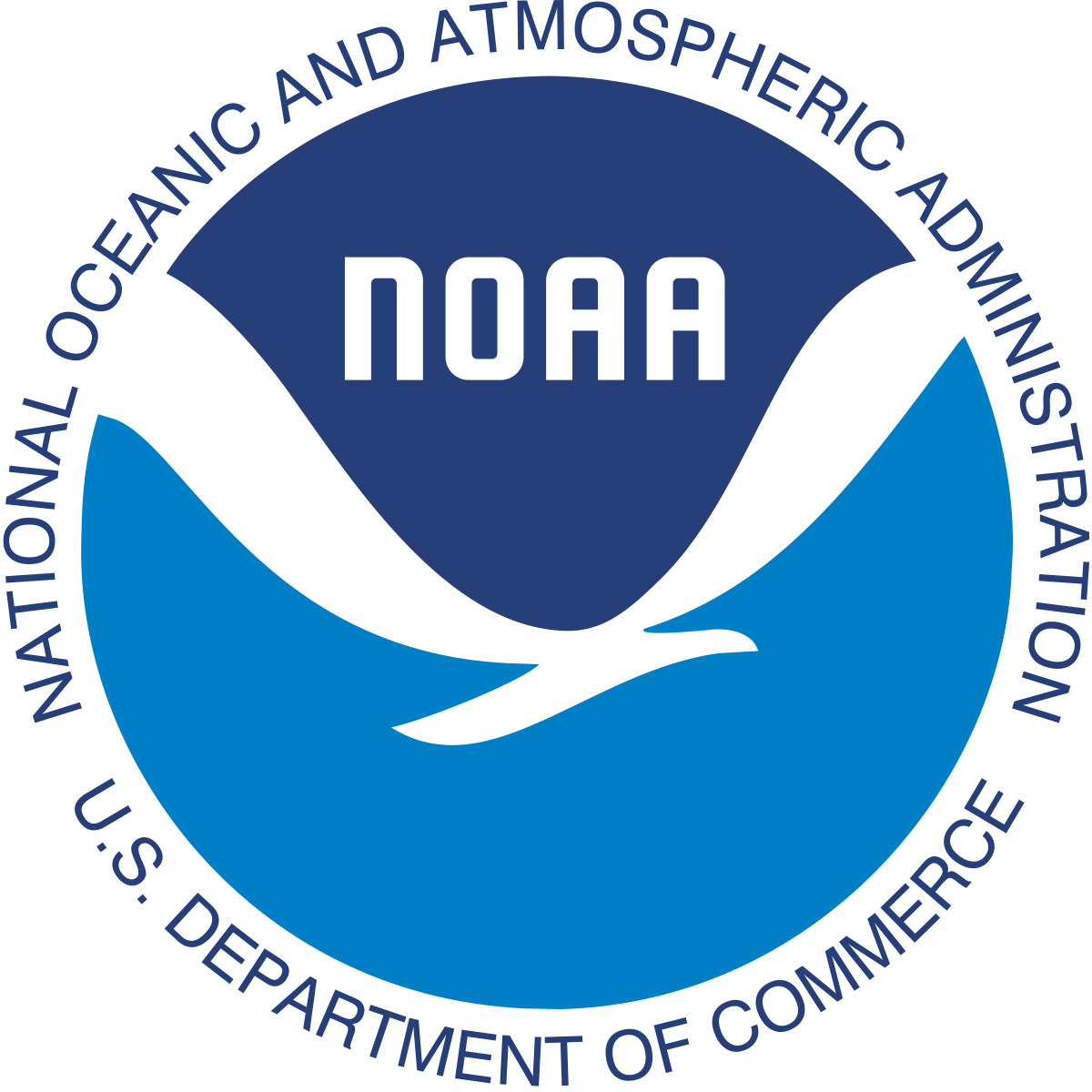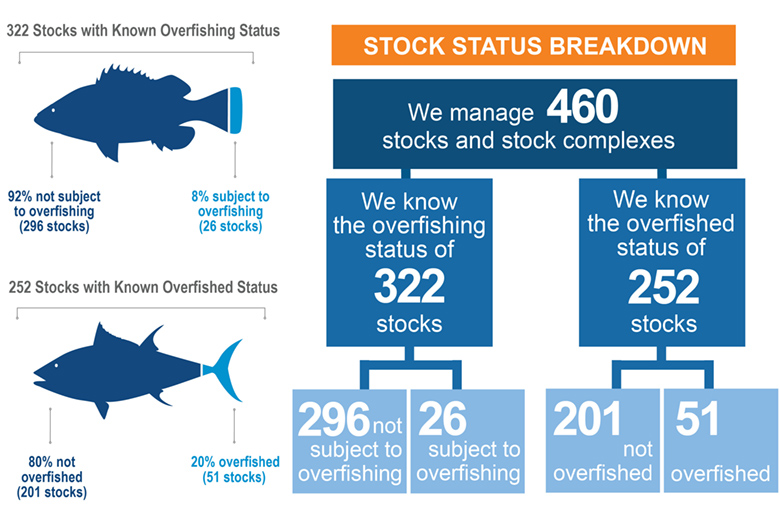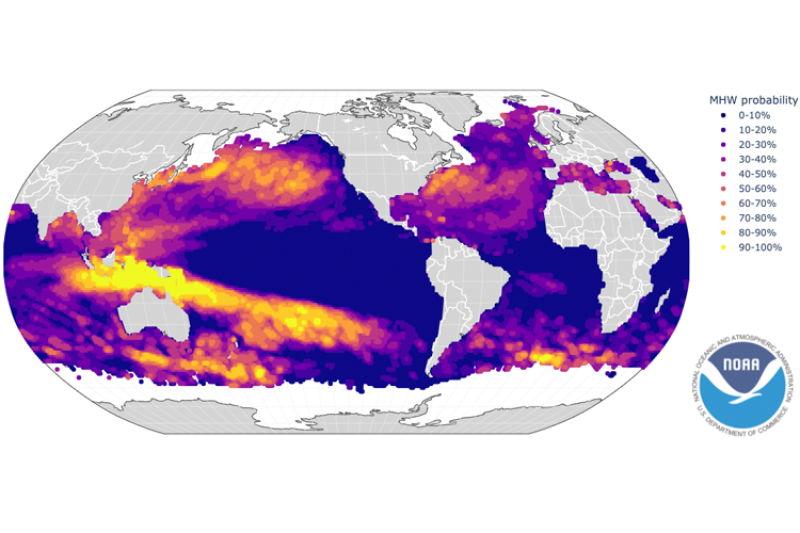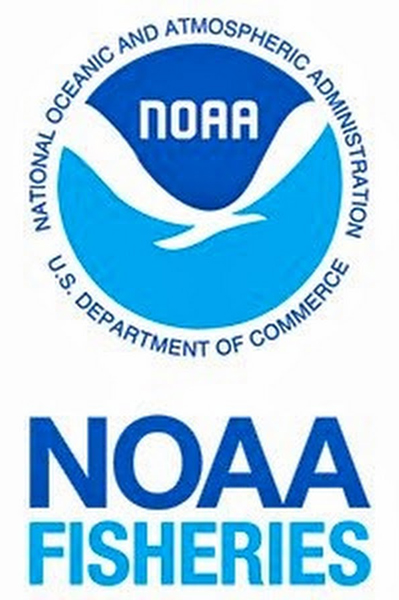Roadway Runoff Lethal to Coho, Chinook Salmon, Steelhead: Report
Researchers with NOAA Fisheries have released a report showing that stormwater runoff containing a toxic compound from automobile tires washed into streams is lethal to protected coho salmon, Pacific steelhead and Chinook salmon, while sockeyes appear to be largely unaffected.
The report, which was released Aug. 24, could help inform mitigation efforts for construction and overhaul of highways on the West Coast, to protect salmon and steelhead in the future, researchers said.
Steelhead are rainbow trout that migrate to the ocean like salmon.
Some Western states are already designing highways with inexpensive filtration measures proven to protect salmon.
According to Barbara French, a research scientist at NOAA Fisheries’ Northwest Fisheries Science Center in Seattle, biofil...

